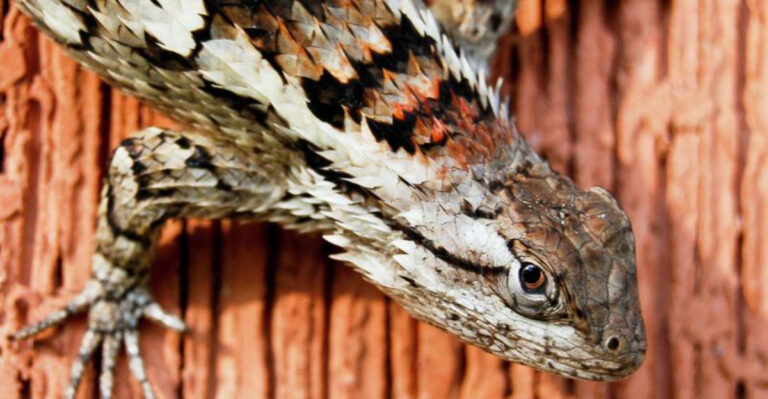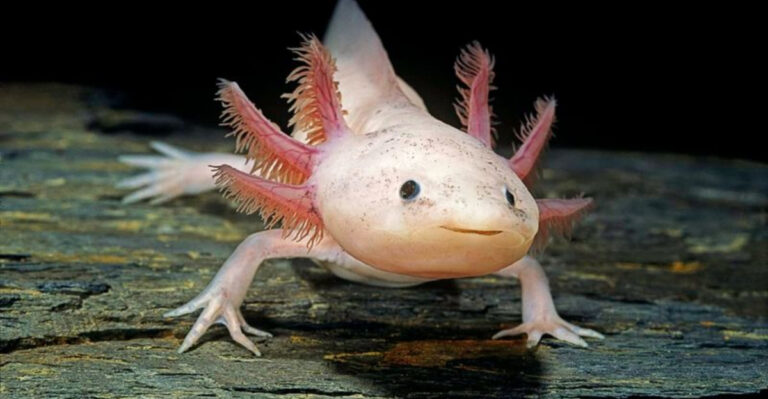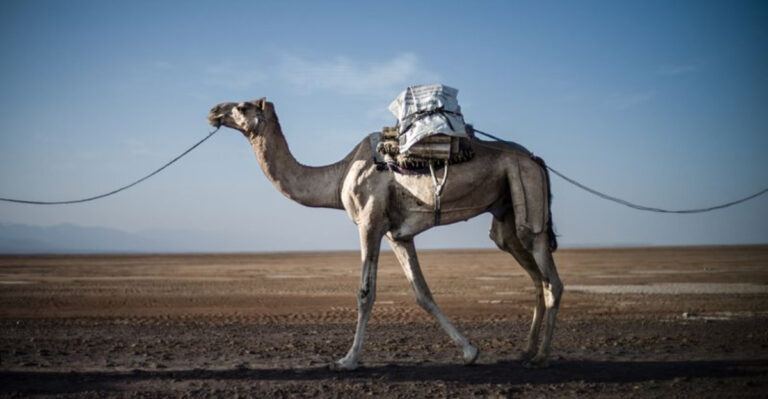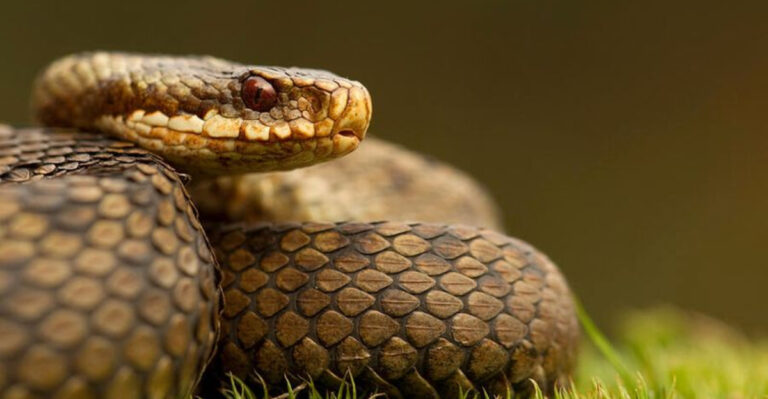9 Best Beginner-Friendly Farm Animals (And 4 That Are The Toughest To Raise)
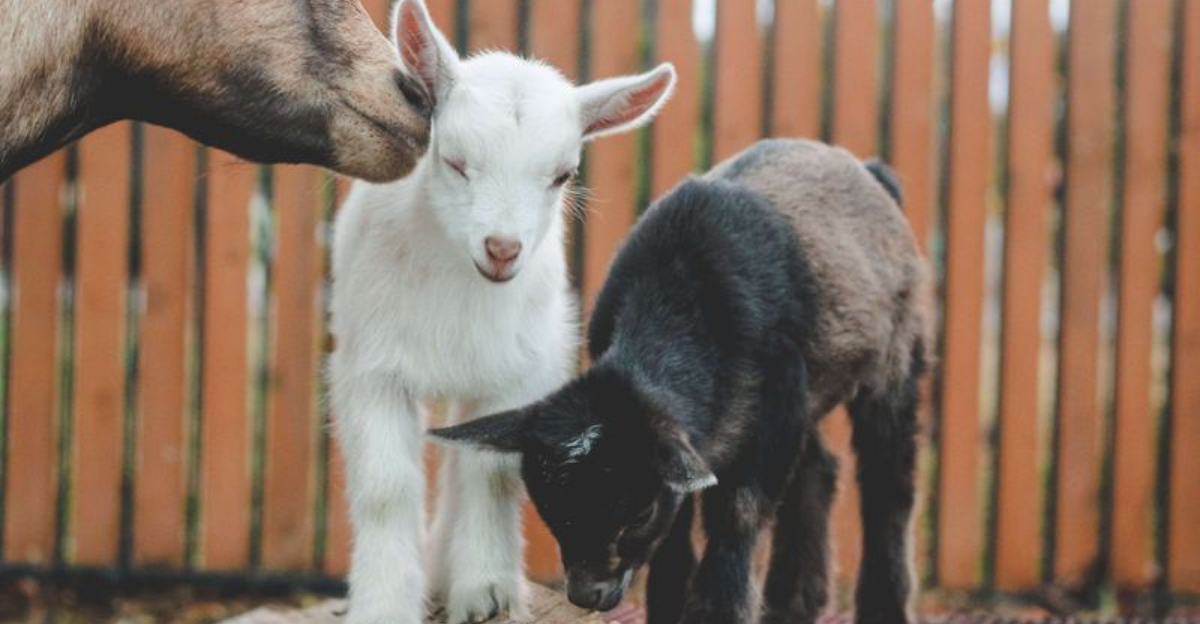
Starting your own little farm can be an exciting adventure, but choosing the right animals makes all the difference between a fun hobby and a frustrating headache.
Some critters practically take care of themselves, while others demand expert knowledge and round-the-clock attention. Whether you’re dreaming of fresh eggs for breakfast or hoping to produce your own wool, knowing which animals suit beginners will save you tears and money.
1. Chickens
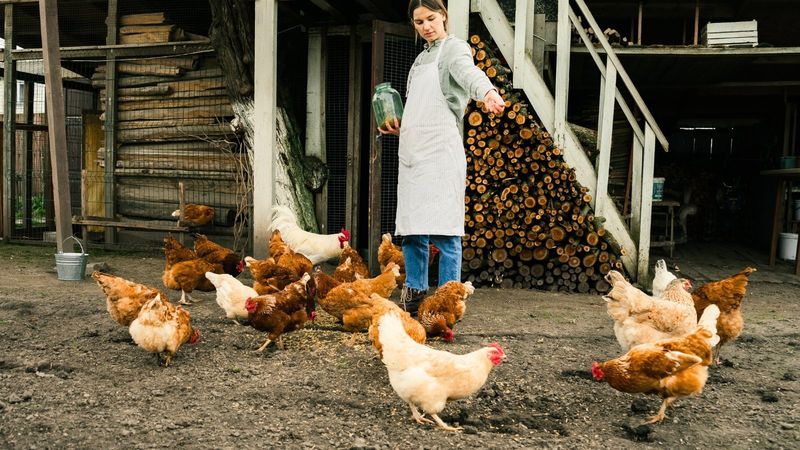
Feathered friends that practically pay rent! Chickens require minimal space and reward you with fresh eggs almost daily. They’re happy with simple housing and basic feed.
Morning egg-collecting becomes a delightful ritual rather than a chore. Kids love helping, making chickens perfect first livestock for teaching responsibility without overwhelming demands.
2. Rabbits

Quiet, clean, and incredibly efficient! Rabbits convert feed to meat better than almost any livestock, making them economical choices for small spaces.
Their manure doesn’t require aging before garden use – a bonus for vegetable growers. Easy to handle and house in wire cages, these fuzzy creatures breed quickly when you’re ready to expand.
3. Nigerian Dwarf Goats
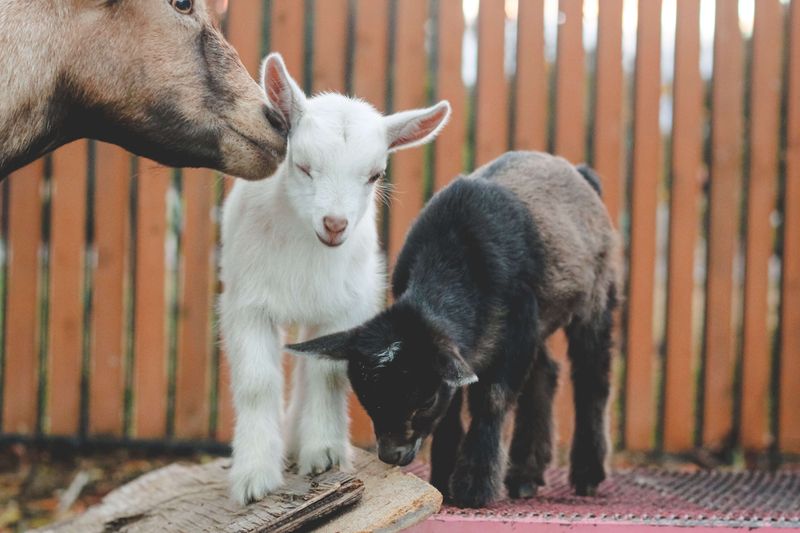
Imagine getting creamy milk perfect for cheese and soap from animals no bigger than large dogs! These miniature goats pack all the dairy benefits of their larger cousins into adorable packages that won’t overwhelm your space.
Friendly and playful, they double as entertaining pets while producing surprisingly rich milk. Their smaller size means easier handling and less intimidating hoof care for novices.
4. Ducks

Laugh as they waddle! Ducks outshine chickens in several beginner-friendly ways – they’re more cold-hardy, less prone to disease, and generally tougher against predators.
Their eggs are larger and richer for baking. Unlike fussy chickens, ducks thrive in rainy weather and help control slugs and pests. Just provide a simple kiddie pool, and they’ll entertain themselves for hours while keeping your garden pest-free.
5. Honeybees

Buzzing little workers that mostly manage themselves! While bees might seem intimidating, modern beginner-friendly equipment has made beekeeping accessible to anyone with a small yard.
They require seasonal rather than daily attention, perfect for busy schedules. Beyond delicious honey, your garden will explode with productivity thanks to improved pollination. Many beekeeping associations offer mentorship programs to guide first-timers.
6. Quail
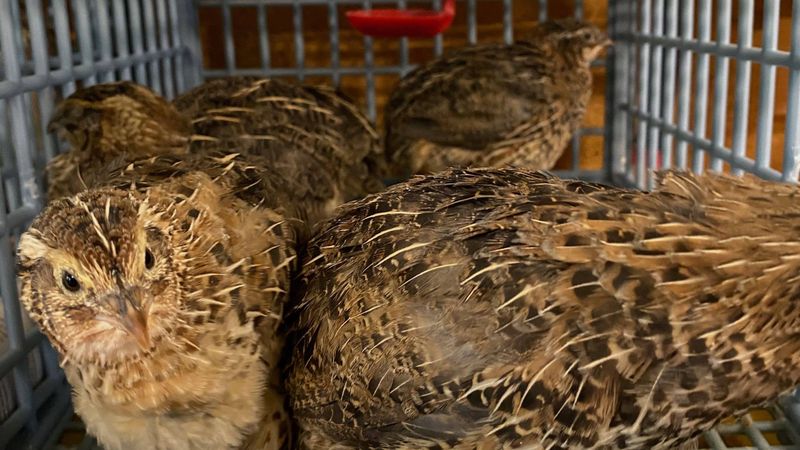
Got limited space? Quail might be your answer! These tiny birds produce eggs and meat in areas as small as a balcony.
Five quail fit in the space one chicken needs, and they reach egg-laying age in just 6-8 weeks. Nearly silent compared to chickens, they won’t annoy neighbors in close quarters. Their speckled eggs may be small, but they’re packed with nutrition and gourmet appeal for farm-to-table enthusiasts.
7. Sheep
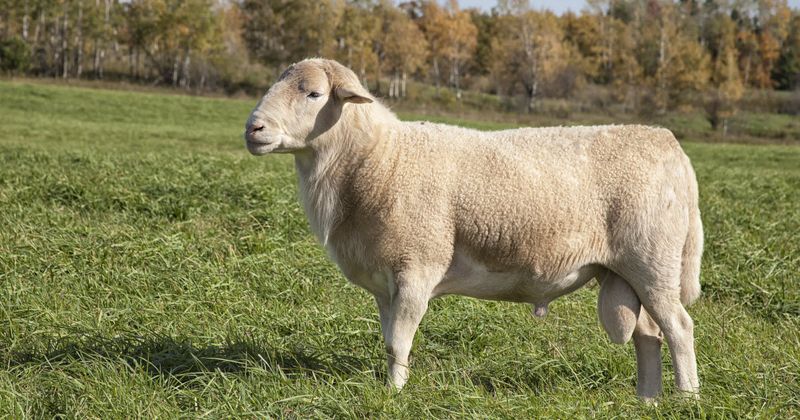
Forget the riding mower! Sheep maintain pastures while producing wool, meat, and adorable lambs. Unlike cattle, their smaller size makes them less intimidating for beginners to handle during routine care.
Hair sheep varieties like Katahdin eliminate the need for shearing while still providing excellent meat. These gentle grazers have simpler nutritional needs than goats and generally stay where you put them – no Houdini escape artists here!
8. Alpacas
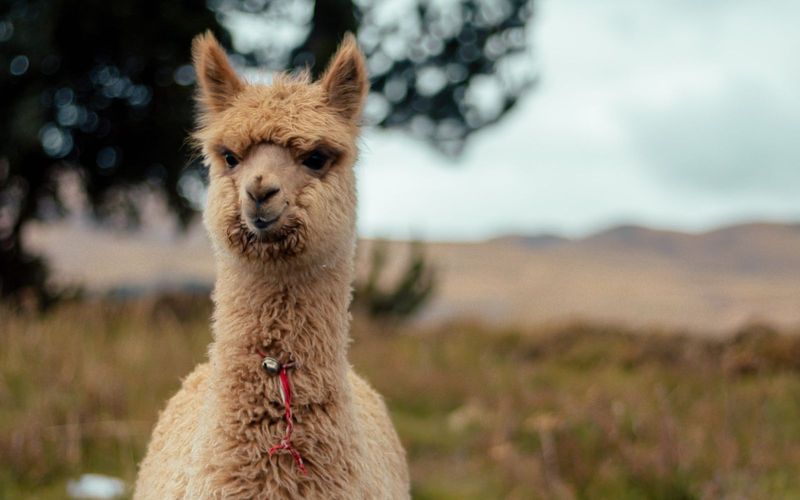
Curious eyes peer from fluffy faces! Alpacas offer luxury fiber production with minimal drama. Unlike llamas, they rarely spit at humans and their smaller size makes handling less challenging. These gentle souls need simple shelter and basic care. They’re herd animals, so keeping at least three ensures their social needs are met. Many beginners find alpacas’ calm demeanor and soft humming sounds incredibly stress-relieving after long workdays.
9. Tilapia

Swimming protein factories that thrive in small spaces! Tilapia can be raised in tanks as small as 55 gallons, even in garages or basements. These hardy fish tolerate less-than-perfect water conditions that would kill other species.
Fast-growing and disease-resistant, they convert feed efficiently. When combined with plants in aquaponic systems, they create a mini-ecosystem where fish waste feeds vegetables while plants clean the water – two harvests from one system!
10. Buffalo

Don’t let their calm appearance fool you! American bison may look like shaggy cows, but they’re wild at heart with unpredictable temperaments. One sudden movement can trigger their fight-or-flight response with devastating consequences.
Requiring specialized heavy-duty fencing at least 6 feet tall, these 2,000-pound powerhouses can jump 6 feet high and run 35 mph. Their massive strength and natural wariness make routine handling dangerous even for experienced ranchers.
11. Peacocks
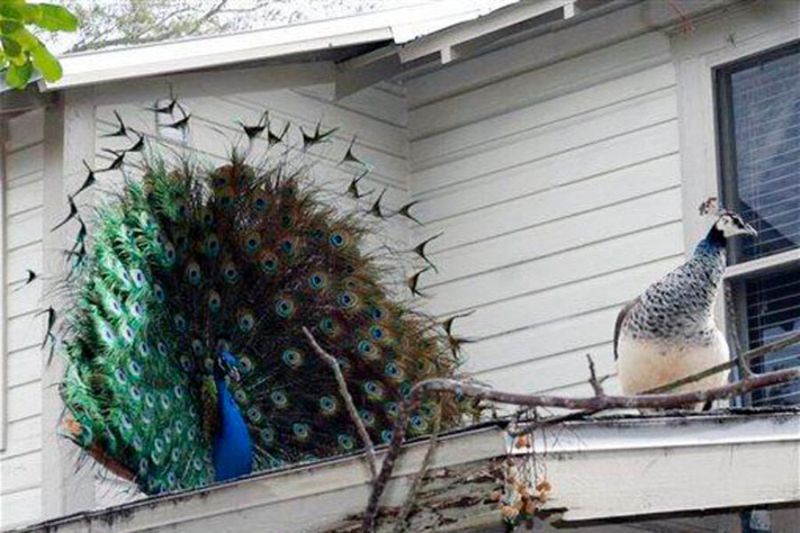
Stunning to look at, painful to hear! These royal birds unleash ear-splitting screams that carry for miles, especially during breeding season. Neighbors a half-mile away will hear every call. Peacocks fly surprisingly well, roosting in trees or on rooftops and wandering freely despite fencing. Their territorial nature means they may attack shiny cars, seeing their reflection as competition. Combine these challenges with a 20+ year lifespan, and you’ve got a decades-long commitment.
12. Ostriches
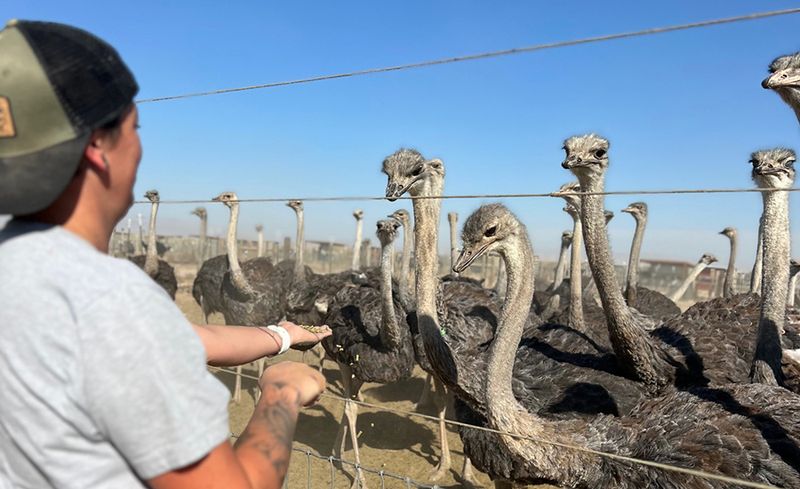
Picture a 300-pound bird that can disembowel with one kick! Ostriches require specialized knowledge and facilities that most beginners simply don’t have. Their powerful legs deliver kicks capable of killing lions in the wild.
Handling requires expert techniques and sometimes specialized equipment. Special reinforced fencing at least 6 feet tall is mandatory, as is significant acreage. Their size, strength and sometimes aggressive temperament make them particularly challenging for anyone without extensive large animal experience.
13. Pigs

Smart as dogs but weighing hundreds of pounds! While pigs seem straightforward, their intelligence makes them challenging. They quickly learn to open gates and can transform a well-maintained pasture into a plowed field overnight with their powerful snouts.
Even small breeds reach 150+ pounds, making handling difficult when veterinary care is needed. Their escape-artist tendencies require constant fence maintenance and reinforcement. Many beginners underestimate both their intelligence and determination, leading to neighborhood wanderings and property damage.


